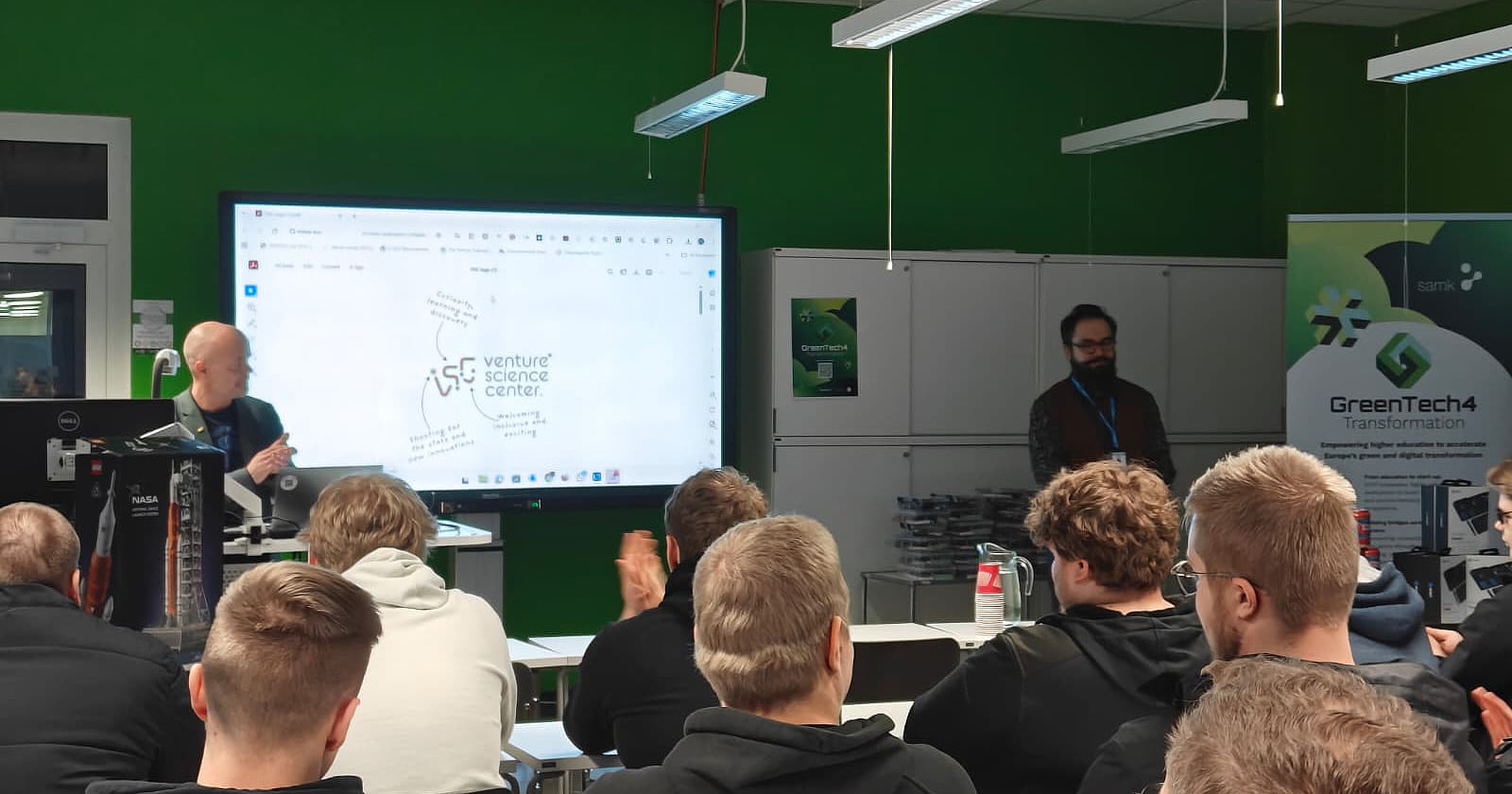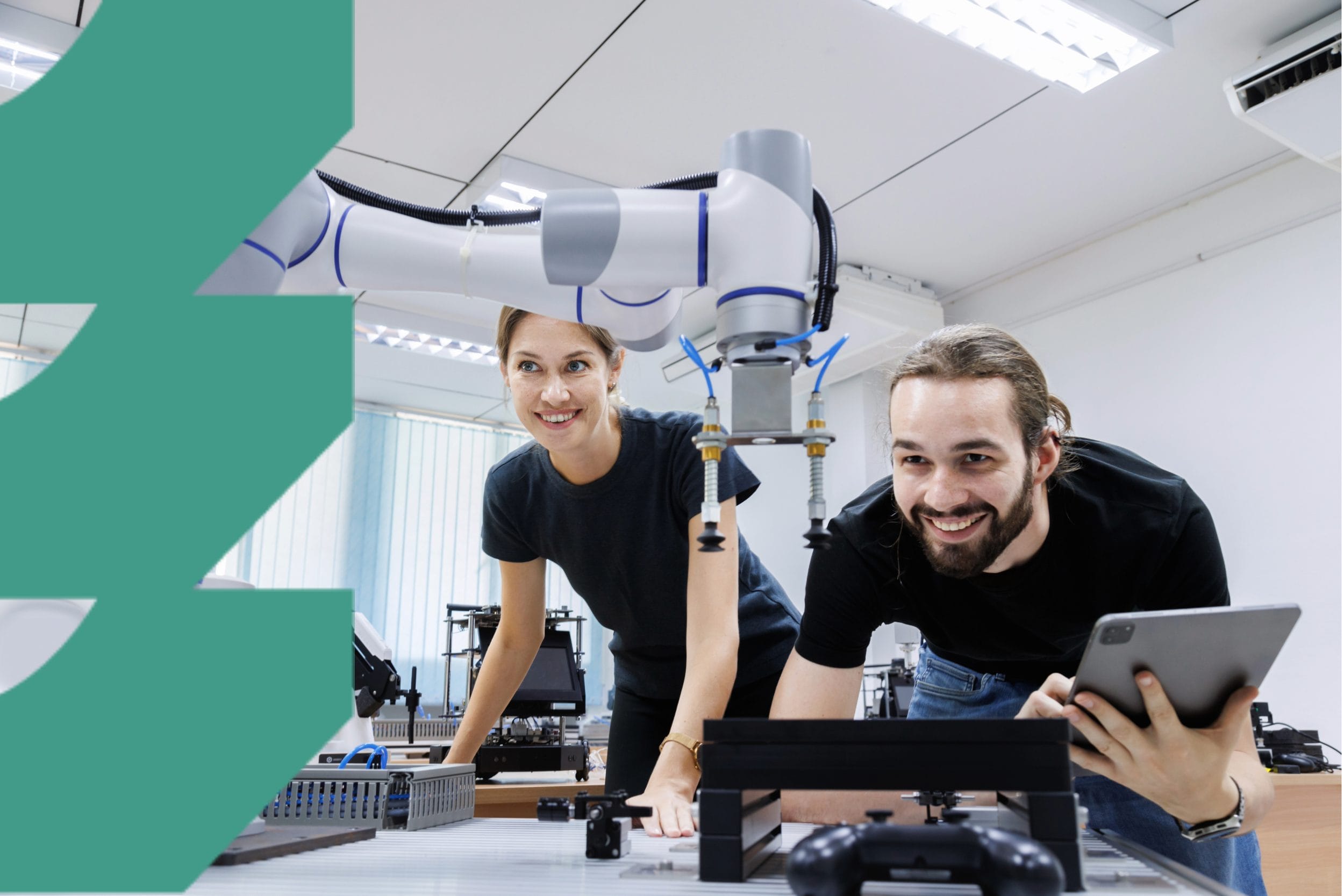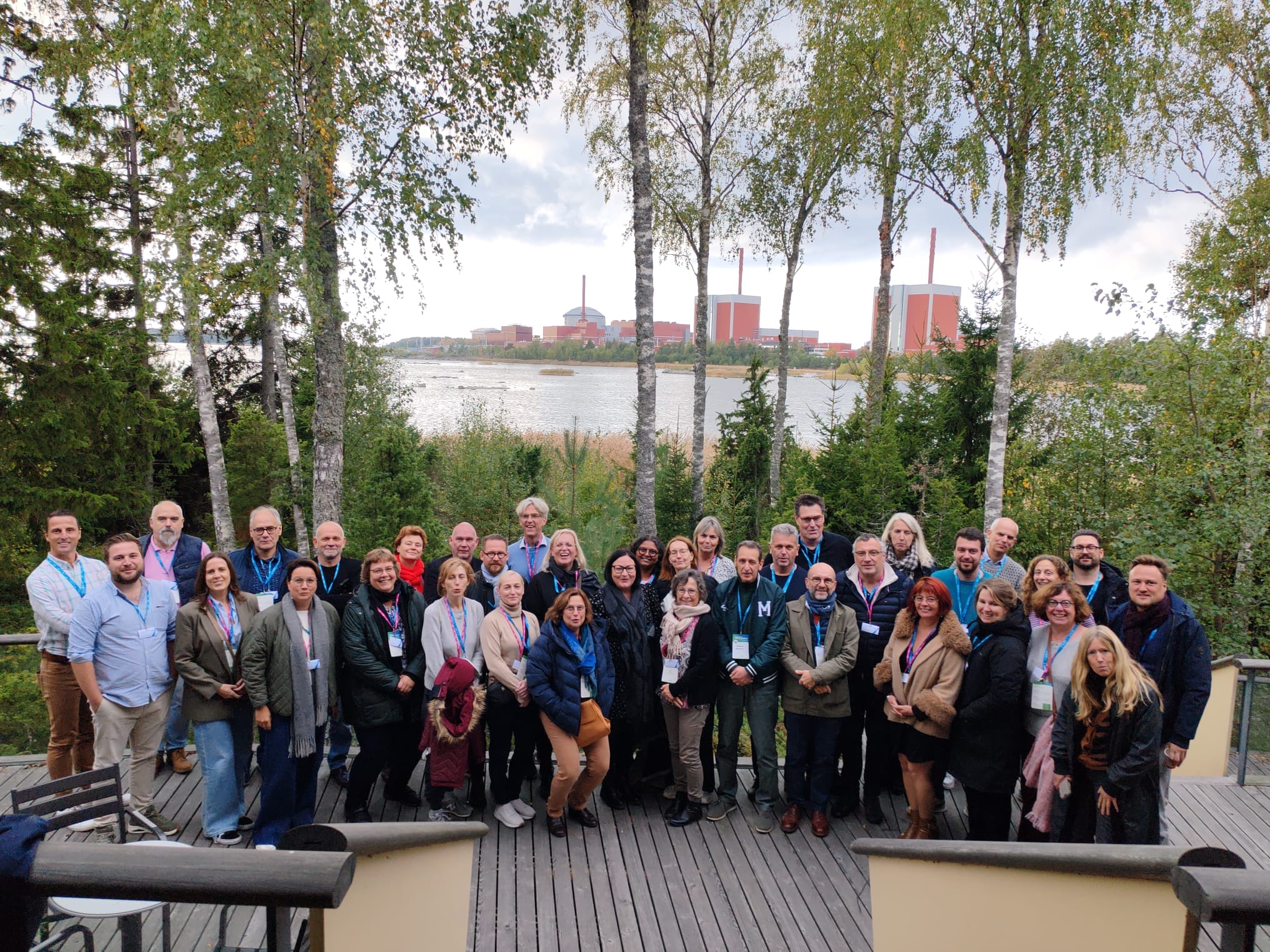Courage and relaxation– Basics of SomeBody now available as an e-book
The basics of SomeBody method have been published as a compact e-book called The Core of SomeBody. The book tells about the basics of body awareness method and its practices for professionals and others interested in it. The method was developed at SAMK with cooperation partners, but what is SomeBody and who can benefit from it?
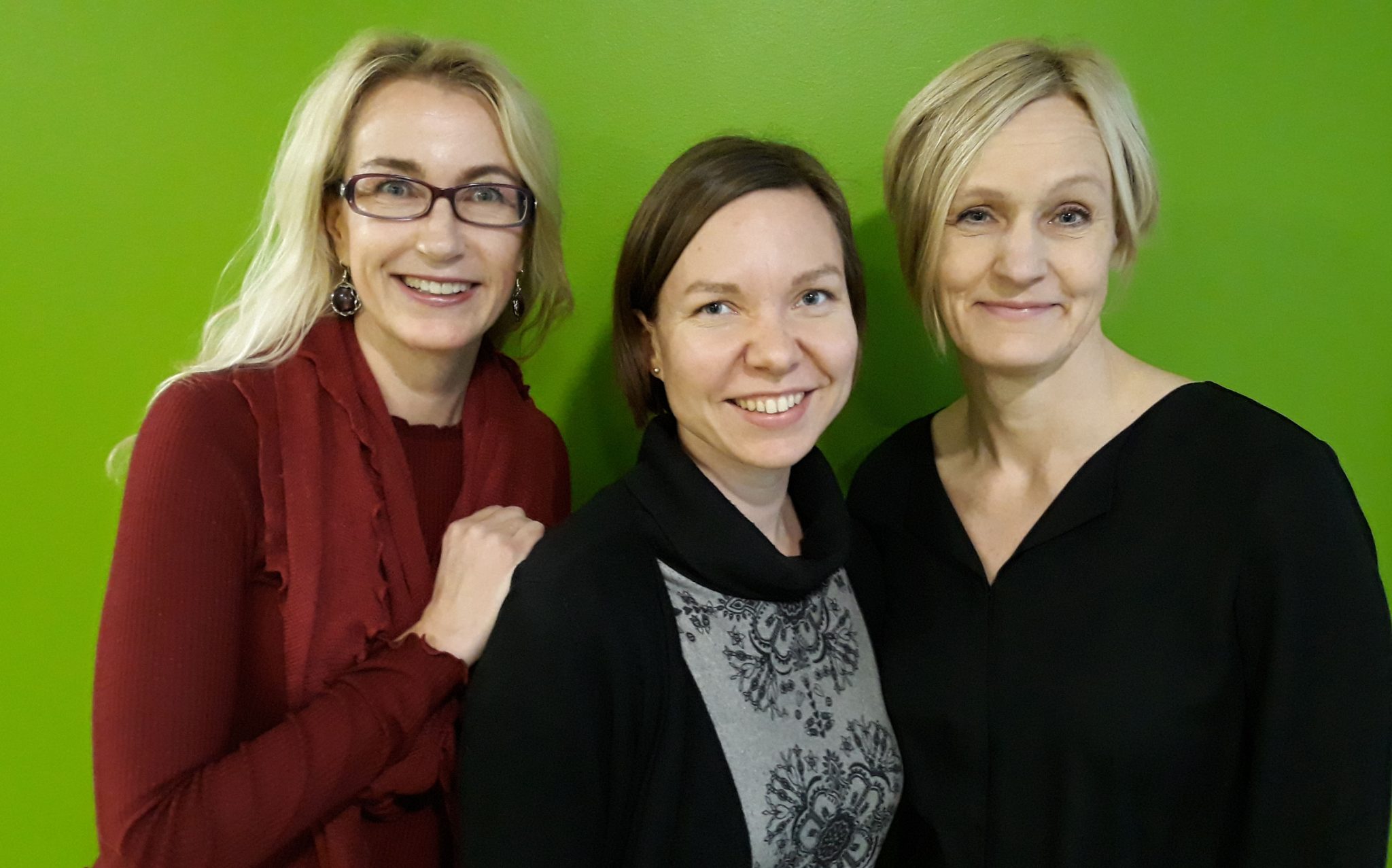
What is SomeBody?
It is a method that helps you to learn about yourself and the others. You learn to understand the connection between your body, mind and interaction, how you interact with others.
What´s special about it?
Preventive services have no other system in systematic use that would combine bodiliness, social skills and emotional skills. The better the skills are, the easier the interaction – disagreements and conflicts are overcome more easily, your decision-making skills improve and you are not that easily led by others anymore. In SomeBody you get a kind of a compass: awareness to help you know where you are heading to and by which means.
Who benefits from SomeBody and in which situation?
Someone who feels that it is good to stop and think who I am, how I behave and what I expect of life. You don´t need to have a problem or challenges but an adult may have a need to reflect on one´s own behavior and methods of operation at work, at home or in free time, and maybe wish for a change.
Children and adolescents may have problems with controlling emotions: frustration, aggression or maybe withdrawal. A teacher can notice that that by bodily exercises a child or an adolescent may more easily find their strengths and courage to speak. In SomeBody group you get support from others and learn ways to act that suit you.
A child or an adolescent may also feel that they want to be better at school, to have more readiness for life. In SomeBody group you may start to notice how you identify or think about different matters, what is my self-image physically, socially, emotionally and in a cognitive way – it can be related to sports: why don´t I manage in competition, even though everything goes fine in practices?
How can I participate in a SomeBody group?
There are groups available at some schools in the region of Satakunta. In social, health and rehabilitation services there are groups available occasionally. At the moment there are over 100 SomeBody instructors. Thus, it is worth finding out if e.g. the child´s or adolescent´s school has SomeBody activities. If children know that there are SomeBody groups at school, they may ask why they are not involved in such a group. You can also always ask us here at SAMK. There are fewer groups available for adults but it is worth asking about them as well.
When would you recommend something else than SomeBody and why?
If you feel that acting in a group is too challenging or your inner resources are really limited, it might then be easier to contact and talk to a social worker or a public health nurse. Or if you have an acute mental disorder, the primary and most important help is given by healthcare professionals. Once the situation is in balance, then SomeBody group can be a good continuum.
If SomeBody is not an option, there are different alternatives. If you want to practice your social skills, you can go and visit a friendship café or just consciously practice different encounters in your everyday life. If you wish to improve your body awareness, you could try for example yoga, asahi, tai chi or walking in nature. Not all exercise needs to be calm: you can go to an adventure park to climb, you can play floorball etc. We do all kinds of nice things in SomeBody, this is not a “zen happening”- you can come to SomeBody also in a crazy hyper alertness state.
How are SomeBody instructors educated?
The essential matters in education are learnt by experience and exercises. The instructors must know why they are doing the exercises being done. The starting-point for learning is the pedagogy of experiential and collaborative learning: you can only guide what you understand and can do yourself.
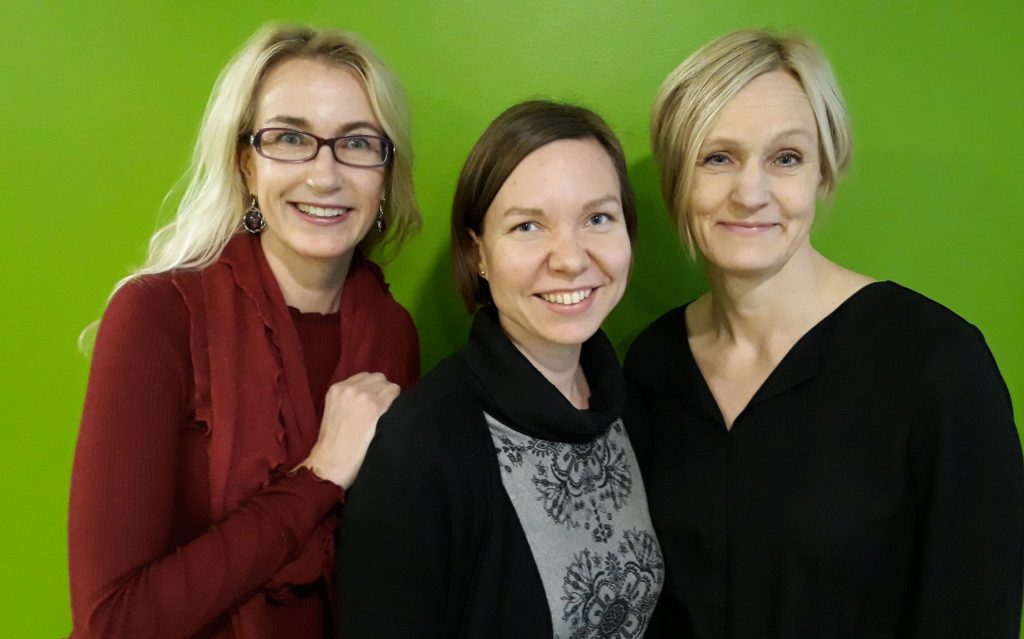
Authors
In the photo from left to right: Satu Vaininen, Reetta-Kaisa Kuusiluoma and Marjo Keckman.
The authors work at SAMK in the Faculty of Health and Welfare as teachers and in projects.
